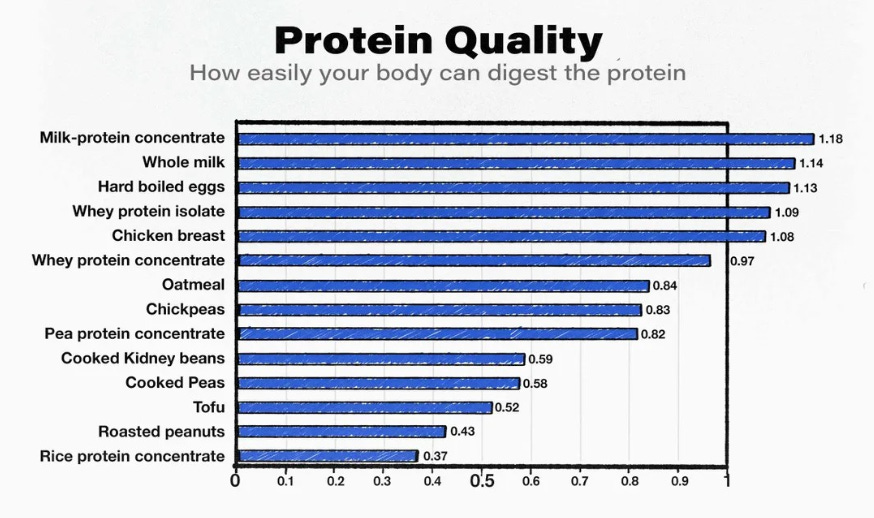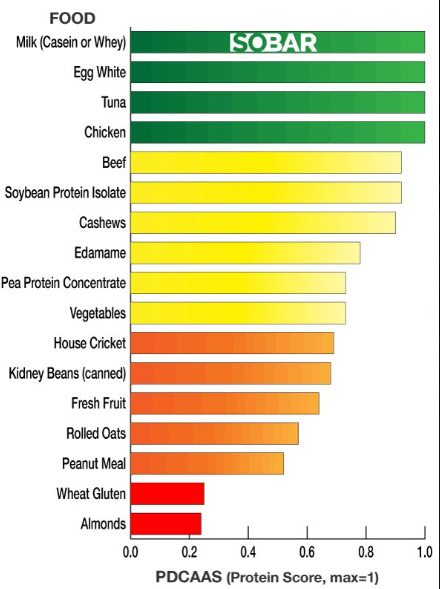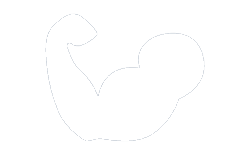· weightlifting · 6 min read
Bulking: Strategies for Adding Calories
Should athletes bulk up, the importance of weight gain for athletic performance, and how exactly you should go about your bulking phase if it is right for you.

This is a guest post by BowTiedZ from his Substack, The Athlete’s Guide.
Welcome to the second article of The Athlete’s Guide to Bulking. This is the second of a multipart series that will focus on athletes and the process of bulking—including whether they should bulk up, the importance of weight gain for athletic performance, and how exactly you should go about your bulking phase if it is right for you.
This second part is focused on strategies for adding the calories into your diet that you will need in order to be in a caloric surplus. These strategies will be primarily focused on people who struggle to eat enough to put on weight. Let’s get into it.
Firstly, we’ll talk about being in A Caloric Surplus
What is it? What does it mean for you?
Being in a caloric surplus simply means that you are consuming more calories than you are burning. The result of this? Weight gain.
Feel like you’re eating more calories than you’re burning but you’re still not gaining weight? Hate to break it to you… You’re not in a caloric surplus and you need more food.
The good news? That’s what I’m here for. Let’s get into some strategies for adding those extra calories that you need.
First and foremost, you need to find what works for you.
Everyone is different. There is no one correct way to add calories, otherwise everyone would just do it. However, there are certain methods that can absolutely help—the key is finding one that works for you.
For some, a bulking strategy like GOMAD (Gallon of Milk a Day) could be a great first option. I have seen this work wonders for many different people, and it all comes down to how your body responds to it and if you can get that milk down without messing up your gut. Obviously, if you are even slightly lactose intolerant this is out of the question.
On occasion, simply increasing food volume will work. The main problem with this is that if it were as simple as just “eating more food” everyone would do it. However, there are some strategies for increasing food volume that you might find work for you.
Suggested for you: “Bulking: Adapting Your Training”
Eat Early and Eat Often.
In a bulking phase, skipping breakfast is a major no-no. Often, the longer you wait to eat in the morning, the less your body is going to get going, causing your hunger to be curbed for the rest of the day. Eating within an hour of waking up is a major key to success.
A strategy for eating more often (and why it works) looks like this:
- Rather than eating a 1,000 calorie meal once every 4 hours, eat a 750 calorie meal every 2 hours. If this works for you, that 750 calorie meal will fill you up less than the 1,000 calorie meal, allowing you to eat again sooner, meaning you will get 1,500 total calories in in the course of 4 hours rather than the 1,000 calories from only eating one meal.
Obviously the numbers do not have to be exactly like that, but you get the basic idea.
As much as possible, avoid going more than 3-4 hours throughout the day without eating, and eat within one hour of going to sleep and within one hour of waking up.
Next, let’s get into What you should be eating.
If you are someone who struggles to put on weight, calories come before anything else. Stop worrying about if what you are eating is “clean” enough and just get eating.
Now, obviously, there needs to be a balance. It is crucial that you get enough Quality Protein in throughout the day. What is quality protein? Refer to the charts below:


An important thing to keep in mind is that these charts should only be used as a basic guide. They are not perfect but they do allow you to see which protein sources are higher quality and what can be digested and absorbed properly by the body.
Your goal should be to get at least get 1 quality protein source in per meal.
Now, when it comes to carbs and fats you can be much less picky. Carbs are your fuel, use them that way. Loading up on carbs before and after lifts is a great way to increase both performance and recovery. Carbs are energy.
In a bulking context, carbs and fats are also where you are going to get most of your calories. Unlike protein, where you get your carbs and fats from is significantly less important. Here is a quick list of quality foods that are good sources of carbs and fats:
Nuts + Seeds
Peanut butter (or any nut butter)
Dried Fruits
Whole milk yogurt
Full-fat cottage cheese
Full-fat cheese (e.g., cheddar, mozzarella)
Cream cheese
Olive oil
Coconut oil
Avocado oil
Butter
Heavy cream
Oats
Pasta
Bread
Sweet potatoes
Potatoes
Keep in mind this is not an extensive list, and you definitely don’t need to eat everything on this list. Foods such as these paired with a quality protein are a good base to build your bulking diet around, then anything else you need to get to your calories for the day is fair game.
I talked a bit earlier about GOMAD, but let’s get into Liquid Calories even more.
For many people, learning how to properly utilize liquid calories is a game-changer in the bulking process. The reason for this is it is much easier to get a lot of calories down without filling yourself up as much. Some examples of calorie-dense liquid calorie options are:
Whole Milk
Whole Chocolate Milk
Fruit Juices
Milkshakes
Something that I have seen be an extremely reliable method for many people needing to put on size is making a large protein shake, combining anything from milk, protein powder, weight gainer powder, peanut butter or any nut butter, and even ice cream.
The goal with these shakes is to get down as many calories as you possibly can without making yourself sick.
Now you have some strategies for getting more calories into your diet… How do you know if its working?
You have to consistently be tracking progress, the best way to do this is weighing yourself when you first wake up every morning. Don’t see changes being made? You’re not getting enough calories in. It’s as simple as that.
The last thing that I will leave you with is this: Find people to hold you accountable.
Whether that be teammates, family members, or even an online community like this one, having someone on your side who is holding you accountable can be a game-changer.
That concludes the second article of The Athlete’s Guide to Bulking. If you found this article useful and worthy of sharing, please share this article to anyone you think could find value in it.





